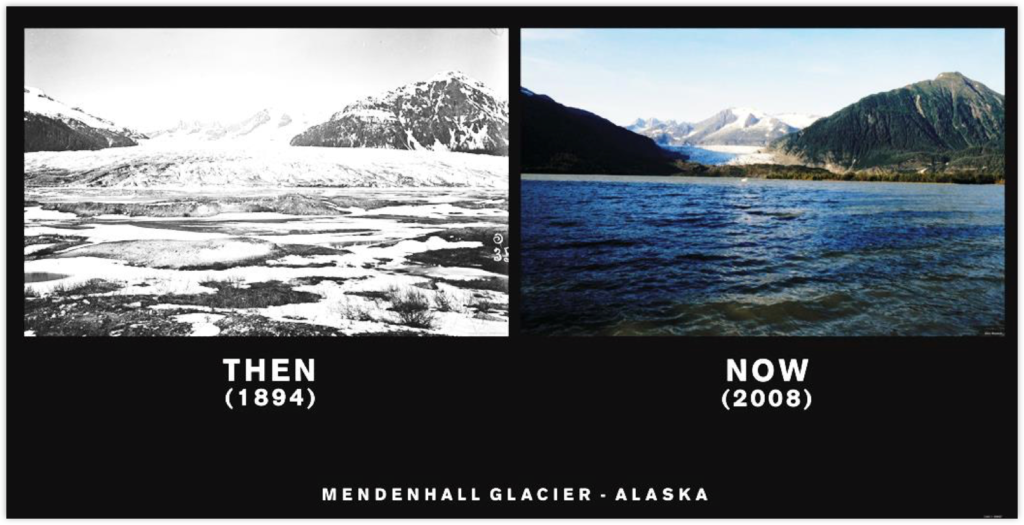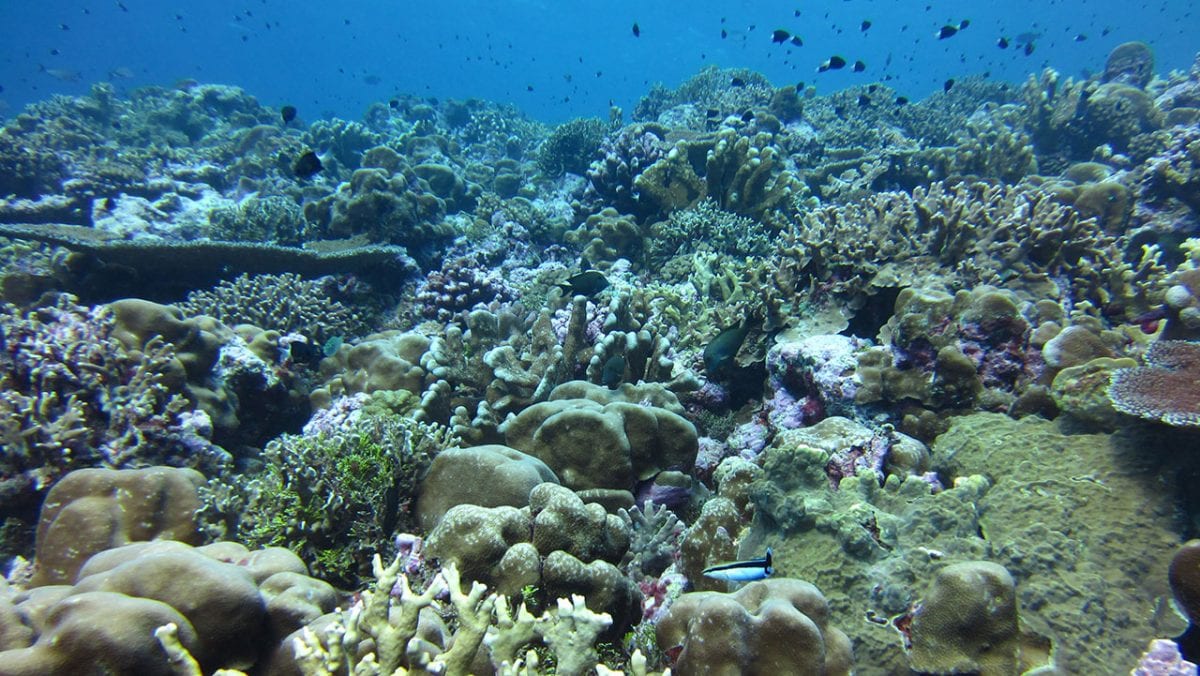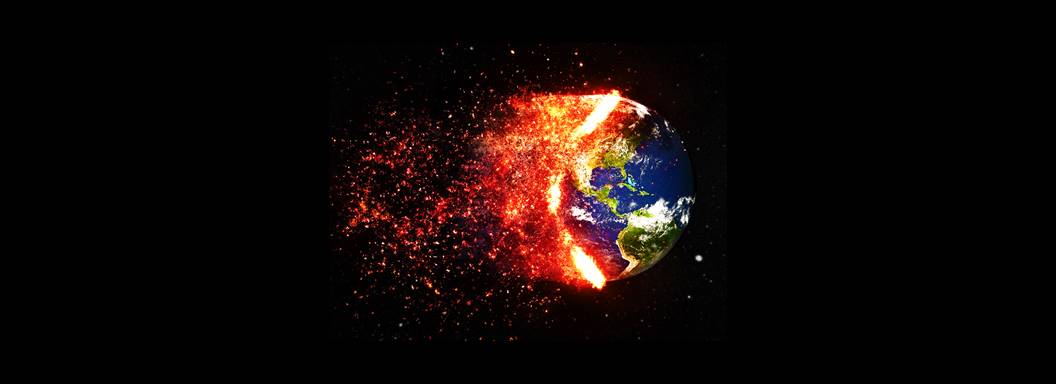What is climate change?
Climate change is a long-term shift in global or regional climate patterns. Often climate change refers specifically to the rise in global temperatures from the mid-20th century to present.
Climate is sometimes mistaken for weather. But climate is different from weather because it is measured over a long period of time, whereas weather can change from day to day, or from year to year. The climate of an area includes seasonal temperature and rainfall averages, and wind patterns. Different places have different climates.

Climate change is the long-term alteration of temperature and typical weather patterns in a place. Climate change could refer to a particular location or the planet as a whole. Climate change may cause weather patterns to be less predictable.
Reference : https://www.nationalgeographic.org/encyclopedia/climate-change/
Evidences
Climate Change
.
.
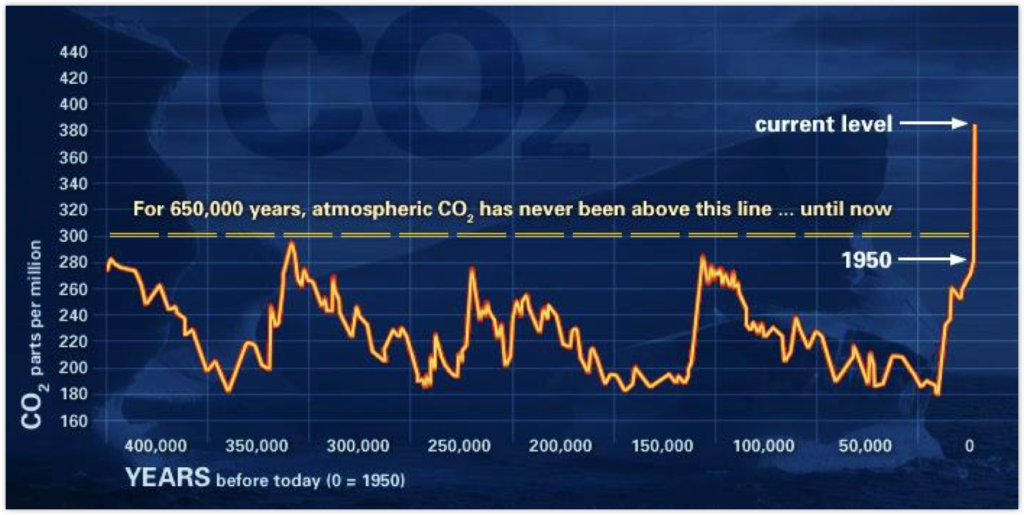
The Earth’s climate has changed throughout history, which is mostly attributed to very small variations in Earth’s orbit that change the amount of solar energy our planet receives.
The current warming trend is of significance because it is extremely likely to be the result of human activity since mid-20th century and proceeding at an unprecedented rate over decades to millennia.
– www.climate.nasa.gov –

Global Temperature Rise
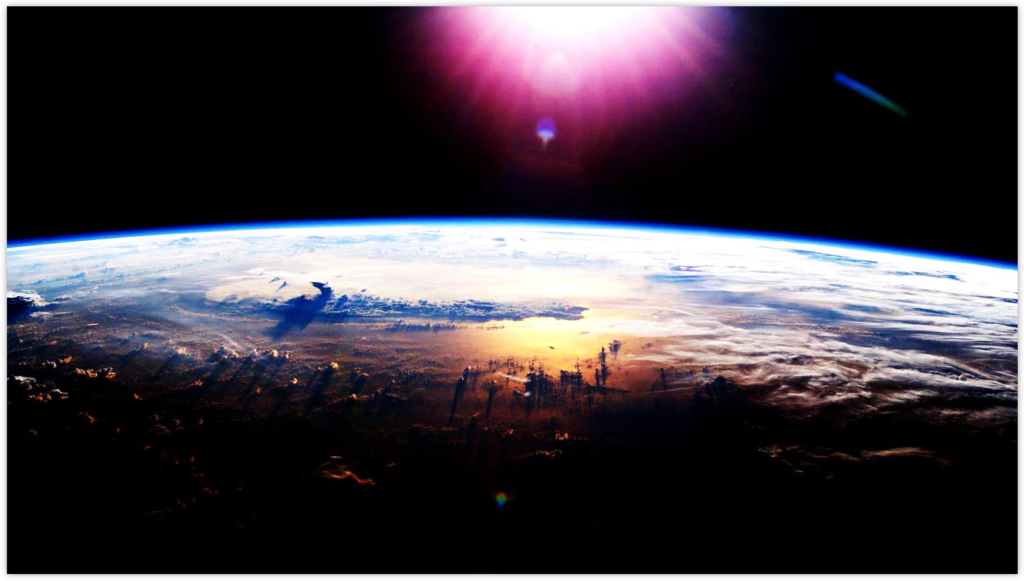
Earth’s average surface temperature has risen about 1.62° Fahrenheit (0.9° Celsius) since late 19th century.
Most of the warming occurred in the past 35 years.
5 warmest years on record have been since 2010.
July 2021 was the hottest month on record

Warming Oceans

Rising amounts of greenhouse gases are preventing heat radiated from Earth’s surface from escaping into space as freely as it used to.
Most of the excess atmospheric heat is passed back to the ocean.
As a result, upper ocean heat content has increased significantly over the past few decades.
The top 700 meters (~2,300 feet) of ocean showing warming more than 0.4° Fahrenheit since 1969.

Shrinking Ice Sheets
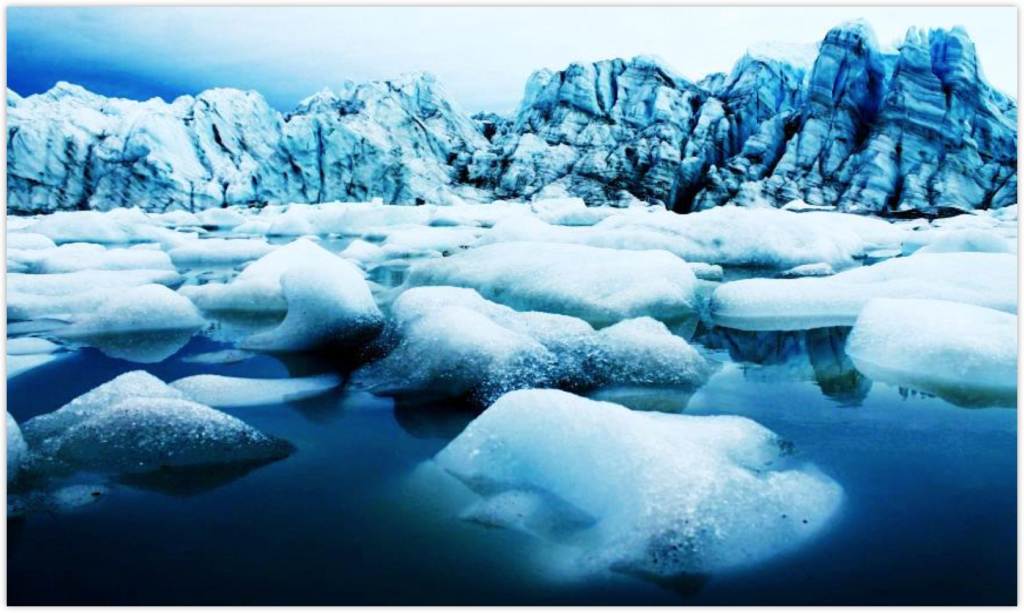
Data from NASA, between 1993 and 2016, show that:
– Greenland lost ~286 billion tons of ice per year
– Antarctica lost ~127 billion tons of ice per year
– The rate of Antarctica ice mass loss has tripled in the last decade

Glacial Retreat
Glaciers are retreating almost everywhere around the world
— including in the Alps, Himalayas, Andes, Rockies, Alaska and Africa.
The amount of spring snow cover in the Northern Hemisphere has decreased over the past five decades.

Sea Level Rise

Global sea level rose about 8 inches in the last century.
The rate in the last two decades is nearly double that of the last century
and is accelerating slightly every year

Extreme Events
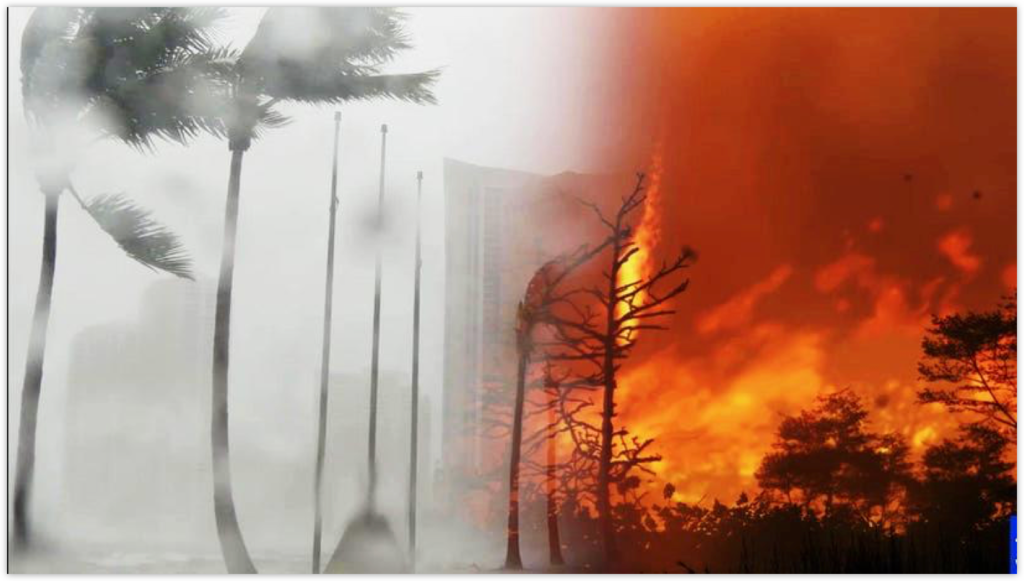
The number of extreme events of rainfall, flooding, drought, tornado and wildfire has been on a rise.
As Earth’s climate has warmed, a new pattern of more frequent and more intense weather events has unfolded around the world.
For more details, refer to link: https://earthjustice.org/features/how-climate-change-is-fueling-extreme-weather

Ocean Acidification
Since the Industrial Revolution, surface ocean waters acidity has increased by ~30%.
The amount of CO2 absorbed by the upper layer of the oceans is increasing by about 2 billion tons per year

Scientific evidence for warming of the climate system is unequivocal.
.
– Intergovernmental Panel on Climate Change –

Causes
Climate Change
.
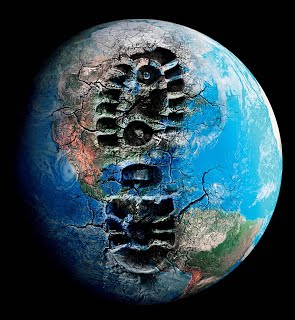
Human activities contributing
to global warming
Increasing atmospheric concentrations of greenhouse gases,
for a warming effect
Global changes to land surface, such as deforestation,
for a warming effect
Increasing atmospheric concentrations of aerosols,
mainly for a cooling effect

Greenhouse Effect
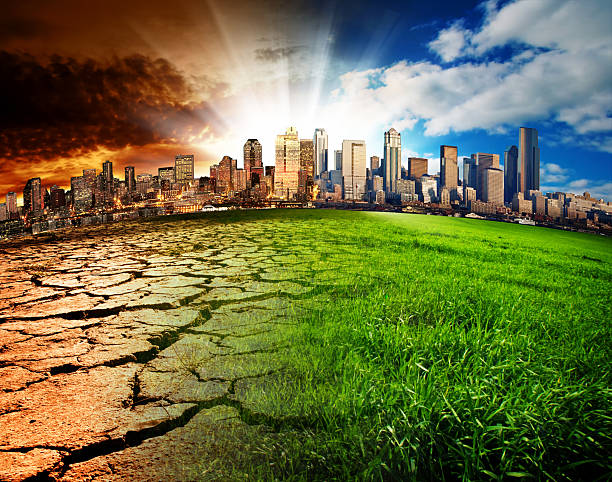
The temperature of the Earth is regulated by Green House Effect.
Green House gases (GHG) primarily Carbon Dioxide, Methane, Water vapour and Nitrous Oxide
trap the outgoing heat radiation from dissipating into space.
But a sudden increase in these gases can disturb the equilibrium maintained for thousands of years.

.
Green House Gas (GHG) emission
Human activities is causing CO2 , methane and nitrous oxide concentrations in the atmosphere to rise, majorly via:
1. Power stations, many of which burn coal or other fossil fuels
2. Industrial processes
3. Transportation fuels, generally fossil fuels
4. Agricultural, livestock and their by-products

Land use

About two-thirds of anthropogenic CO2 emissions were produced from burning fossil fuels
About one-third of emissions from changes in land use, primarily deforestation

Livestock
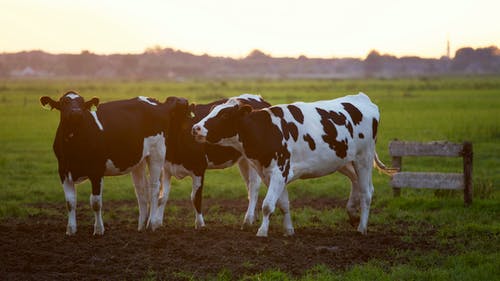
Worldwide, livestock production occupies:
– 70% of all land used for agriculture, or
– 30% of the ice-free land surface of the Earth.

Animal agriculture/ Livestock
and greenhouse gas emission

Animal agriculture is responsible for 18% of greenhouse gas emissions,
more than the combined exhaust from all transportation.
Livestock and their byproducts account for at least
51% of all worldwide greenhouse gas emissions
Livestock is responsible for 65% of all human-related emissions of nitrous oxide
– a greenhouse gas with 296 times the global warming potential of carbon dioxide
and which stays in the atmosphere for 150 years

Aerosol
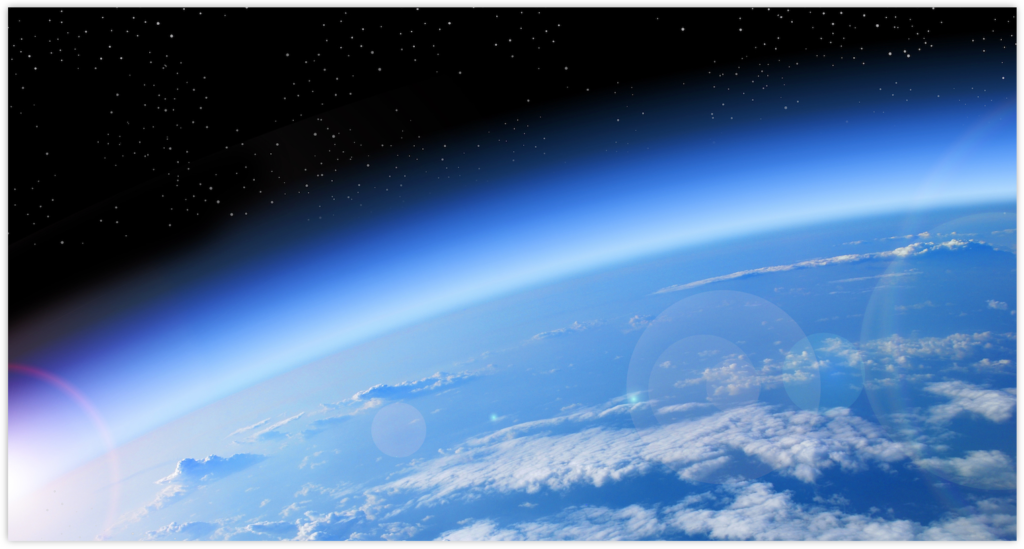
Various forms of climate change, chiefly cooling effects, are attributed to aerosols.
Key sources include:
– Biomass burning such as deforestation.
– Industrial air pollution, which produces soot and airborne sulfates, nitrates, and ammonium
– Dust produced by land use effects such as desertification

Projections ahead
– Emissions for agriculture projected to increase 80% by 2050
– Energy related emissions expected to increase 20% by 2040
– US Methane emissions from livestock and natural gas are nearly equal
– Cows produce 150 billion gallons of methane per day
– Even without fossil fuels, we will exceed our 565 giga tonnes carbon dioxide limit by 2030, all from raising animals

Effects
Climate Change
.

Global climate change has already had observable effects on the environment.
Effects that scientists had predicted in the past would result from global climate change,
are now occurring
.
– climate.nasa.gov –

Current Trend of change will continue
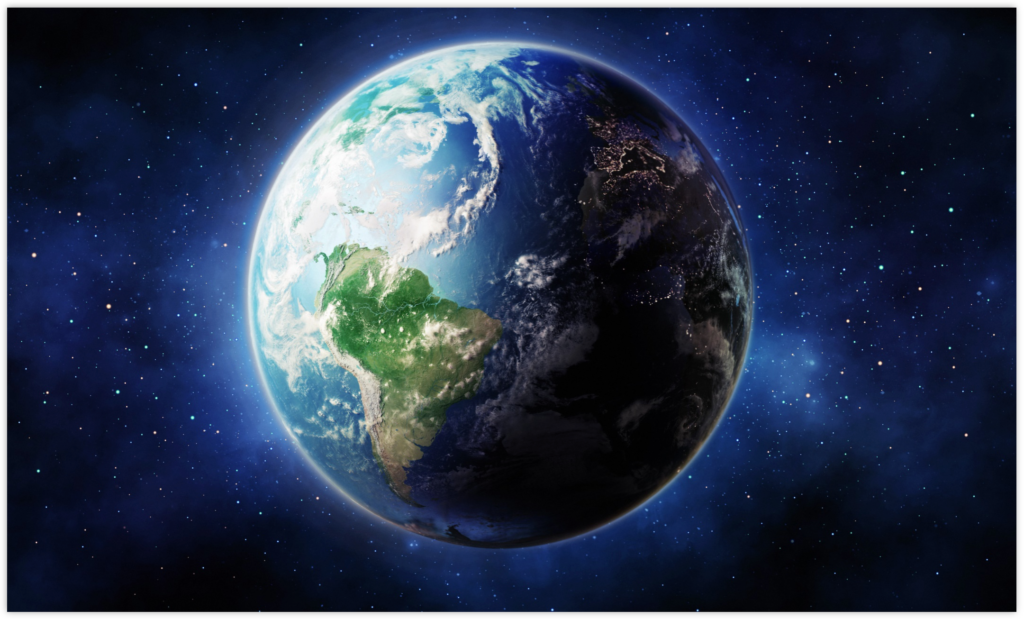
The magnitude of climate change beyond the next few decades depends primarily on:
– The amount of heat-trapping gases emitted globally, and
– How sensitive the Earth’s climate is to those emissions

Temperatures Will Continue to Rise
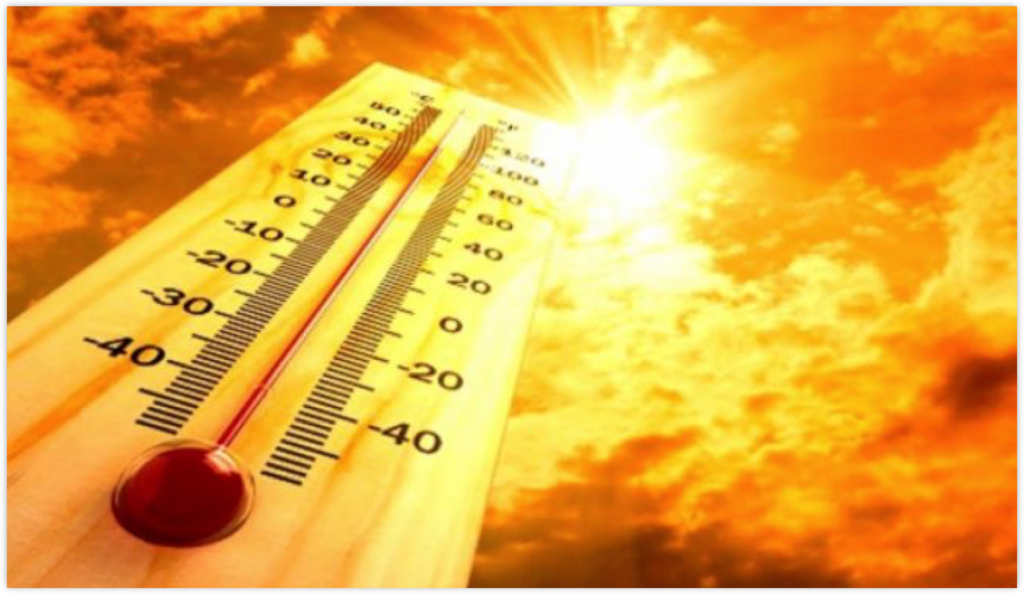
Human-induced warming is superimposed on a naturally varying climate.
Hence, the temperature rise has not been, and will not be,
uniform or smooth across the world or over time.

More Droughts and Heat Waves

Droughts and heat waves everywhere are projected to become more intense,
and cold waves less intense everywhere.
Summer temperatures are projected to continue rising,
and a reduction of soil moisture, which exacerbates heat waves.

Hurricanes will become stronger
and more intense

The intensity, frequency and duration of hurricanes,
have all increased since the early 1980s.
Hurricane-associated storm intensity and rainfall rates are projected to
increase as the climate continues to warm.

Rising sea levels

Global sea level has risen by about 8 inches since reliable record keeping began in 1880.
It is projected to rise another 1 to 4 feet by 2100.
In the next several decades, storm surges and high tides could combine with sea level rise
and land subsidence to further increase flooding.

Arctic Likely to Become Ice-Free
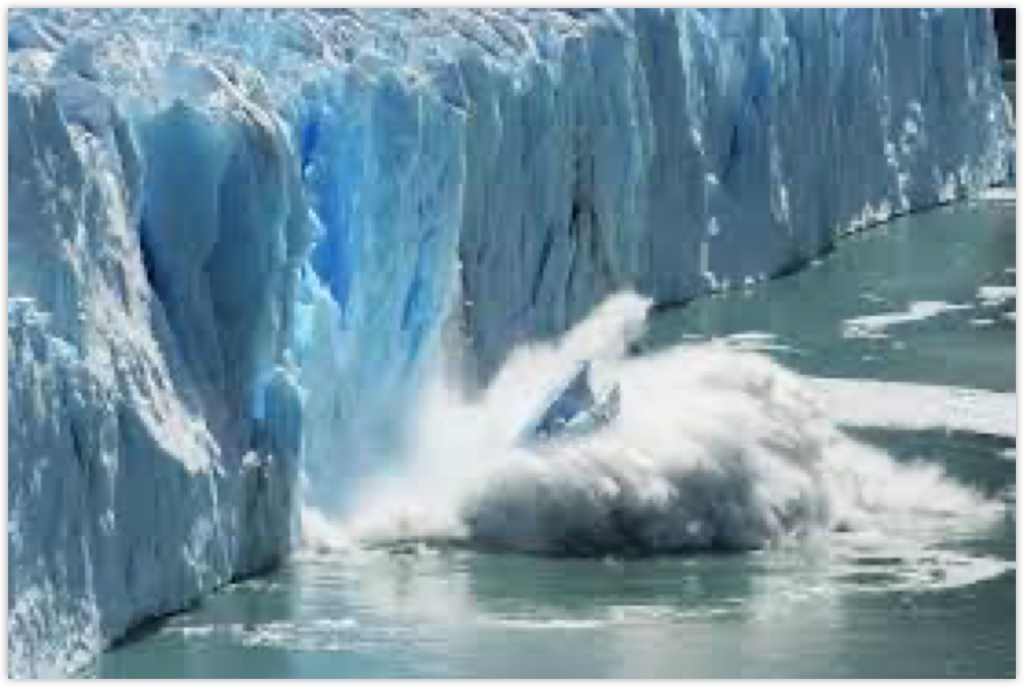
The Arctic Ocean is expected to become essentially ice free in summer before mid-century

Taken as a whole, the range of published evidence indicates that
the net damage costs of climate change are likely to be significant and to increase over time.
.
– Intergovernmental Panel on Climate Change –

Solutions
Climate Change
.

It is not enough to act. We must act now.
Reference : https://www.ccacoalition.org/en/content/why-we-need-act-now


“Climate change is real. It is happening right now, it is the most urgent threat facing our entire species and we need to work collectively together and stop procrastinating.”
.
– Leonardo DiCaprio –
Actor & Environmentalist

Reduce, Reuse, Recycle

Reduce the amount of waste produced.
Buy what is required, choose products with less packaging, buy in bulk, consider buying eco-friendly products.
Reuse items, as much as possible before replacing.
Use reusable, rather than disposable products.
Choose reusable, environmentally-friendly bags instead of plastic bags
Recycle items wherever possible.
By recycling half of your household waste, 2,400 pounds of carbon dioxide annually can be saved.

Go Vegan

The meat and dairy industries are responsible
for 60% of global greenhouse gas emissions.
If animal products are removed from diets,
that would reduce carbon footprint by 73%.
A vegan diet is probably the single biggest
way to reduce your impact on Earth.

Drive Less. Drive Smart.

Less driving means fewer emissions.
Use rideshare, instead of private cabs.
Walk or bike when possible.
If driving, run the car efficiently.
Every gallon of gas saved keeps 20 pounds of carbon dioxide out of the atmosphere.

Reduce electricity consumption

Electricity is one of the biggest causes of greenhouse gas emissions.
Reducing electricity consumption can reduce carbon footprint significantly.
Setting the thermostat just 24° lower in winter and higher in summer
could save about 2,000 pounds of carbon dioxide each year.
Replace regular light bulbs with LED bulbs.
Buy Energy-Efficient Products.
Switch off power when not in use.
Reduce your household garbage by 10%, you can save 1,200 pounds of carbon dioxide annually.

Plant a tree

Planting trees can help much in reducing global warming.
Along with producing oxygen, during the process of photosynthesis, trees absorb carbon dioxide.
A single tree will absorb approximately one ton of carbon dioxide during its lifetime.

Population Control
The world population is growing by approximately 74 million people per year.
Scientists are yet to conclusively determine the human ‘carrying capacity’ of Earth.
We have consumed more resources in the last 50 years than the whole of humanity before us.
Despite population increase being such a serious issue,
the United Nations has held only three world conferences on population and development (in 1945, 1974 and 1994).
Population control can be one of the biggest savior of the environment and our planet


“We are the first generation to feel the effect of climate change and the last generation who can do something about it.”
.
– Barack Obama –
44th US President


